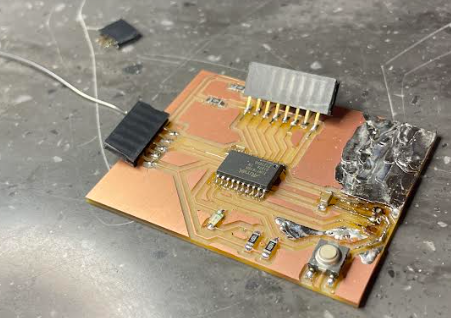14. Applications and implications¶
This week
Work¶
First of all I needed to download the program Python in order to complete this assignment. To start this I took a circut board I had already created so that I may program a button to turn my board’s LED remotely. The board I was using was an interesting one to start the pin headers had to be applied at an angle due to missing parts and this would be the stem of my issues with this week. It must be noted I wasn’t able to allocate as much time as I’d like to because of my school being in Finals week. The connecting cord worked fine though initally I used prongs to connect the pin headers but with a shotty connection I opted to use cords insteads.
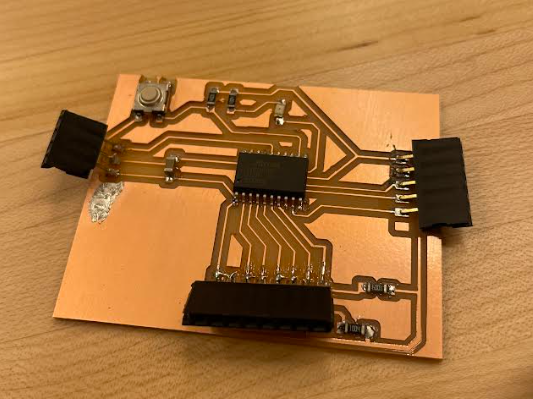
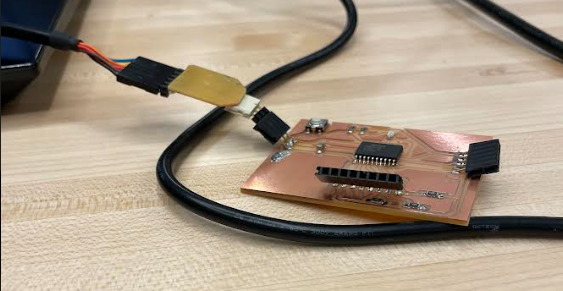
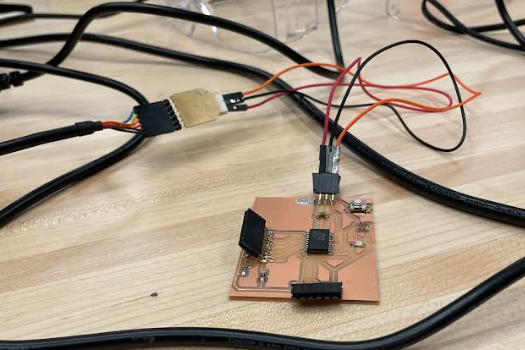
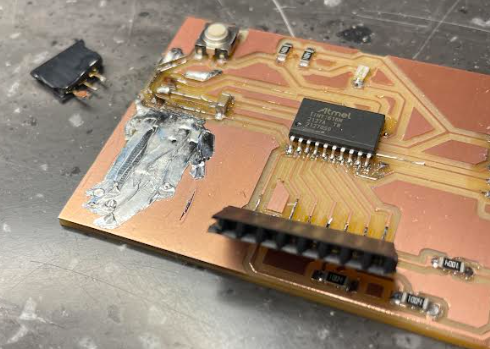
With that I went to create a new board but I again ran into an issue with our miling machine that made it impossible to do any function. Luckily I was able to fix the issue after a few failed resets of the machine but it somehow got fixed and I wasn’t going to question it. I started to cut but the board itself was mangled making it unusable.
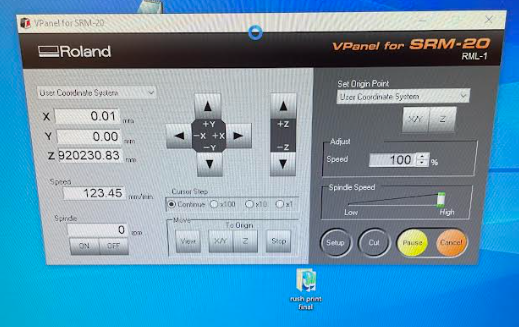
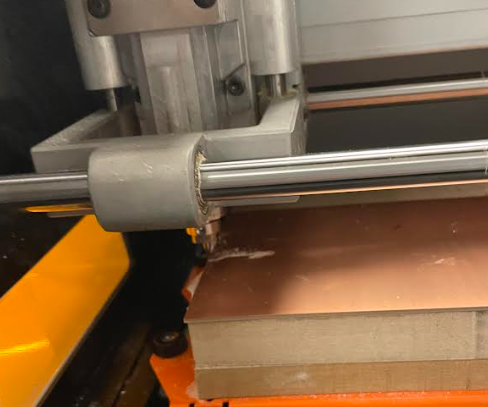
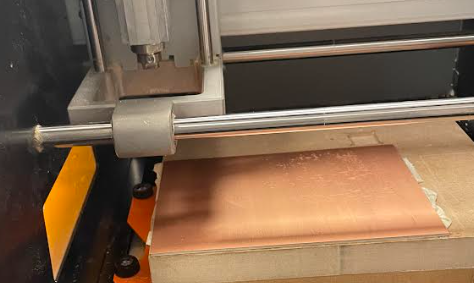
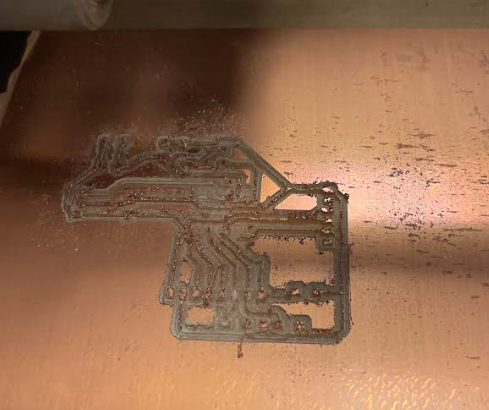
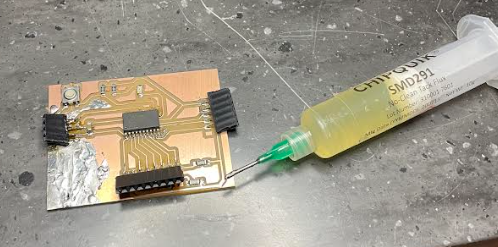
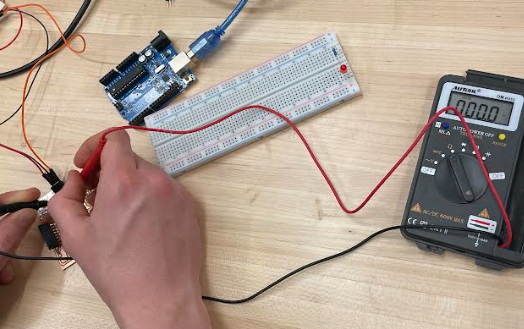

We were having issues programming this new board and while we were testing different solutions the pinheaders again broke off. So in order to get some semblance of work done I set up an arduino uno board to act out what my board should have done. I successfully program the board and then utilised this code on python to create my on off switch:

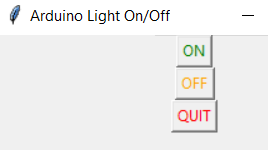
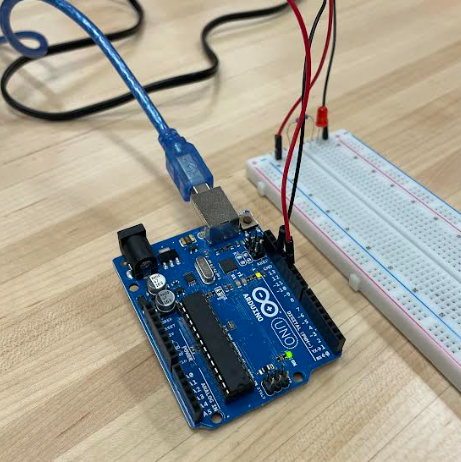
I later came back to this after fixing and completing this board. I plugged the same code into and it worked like a charm.

